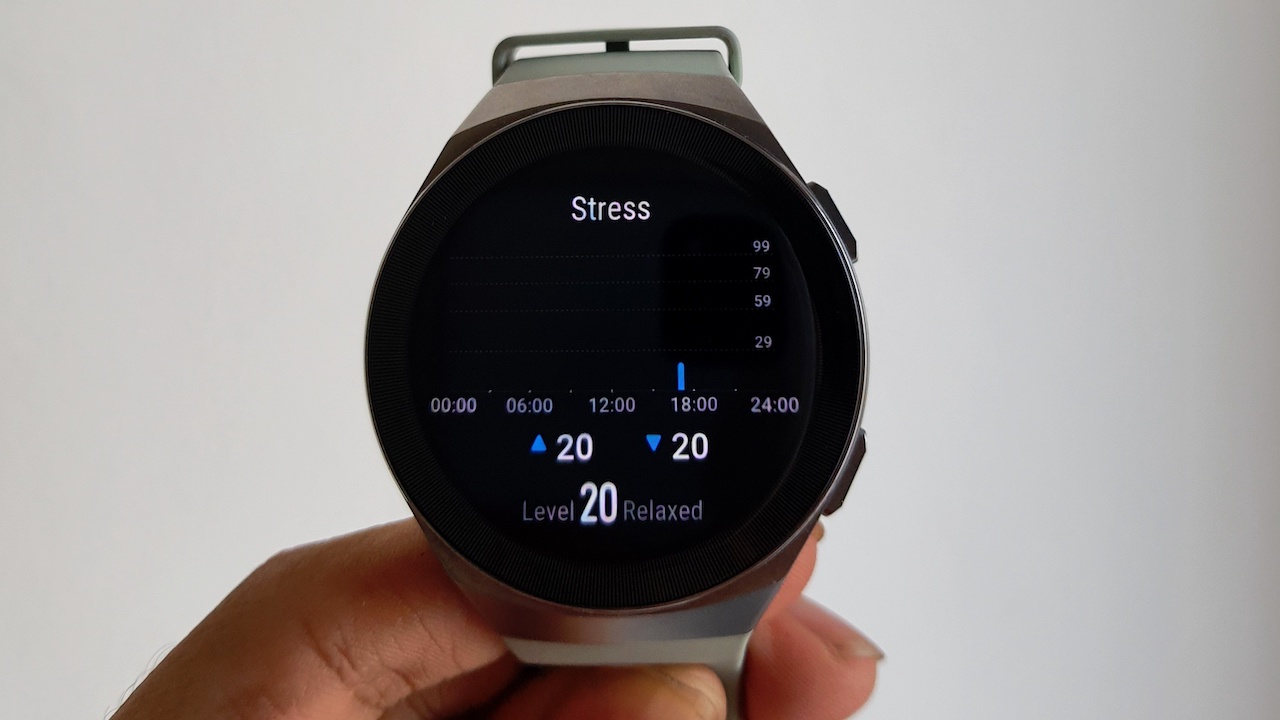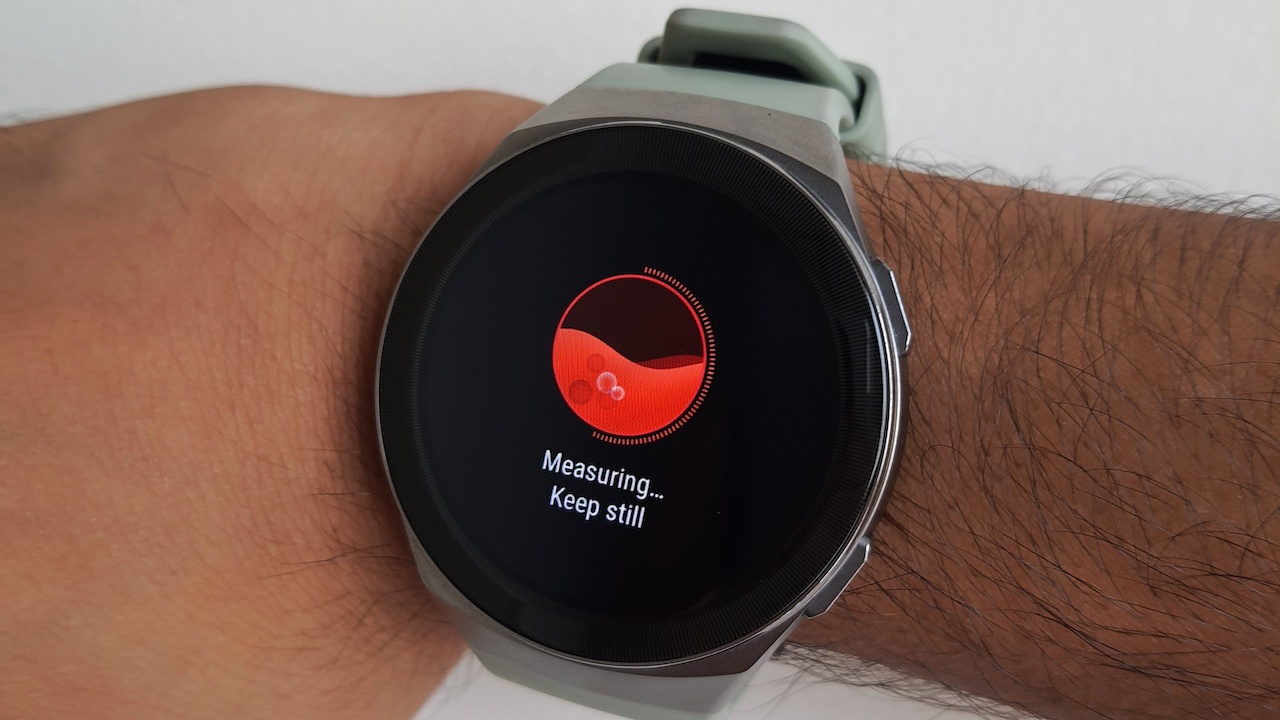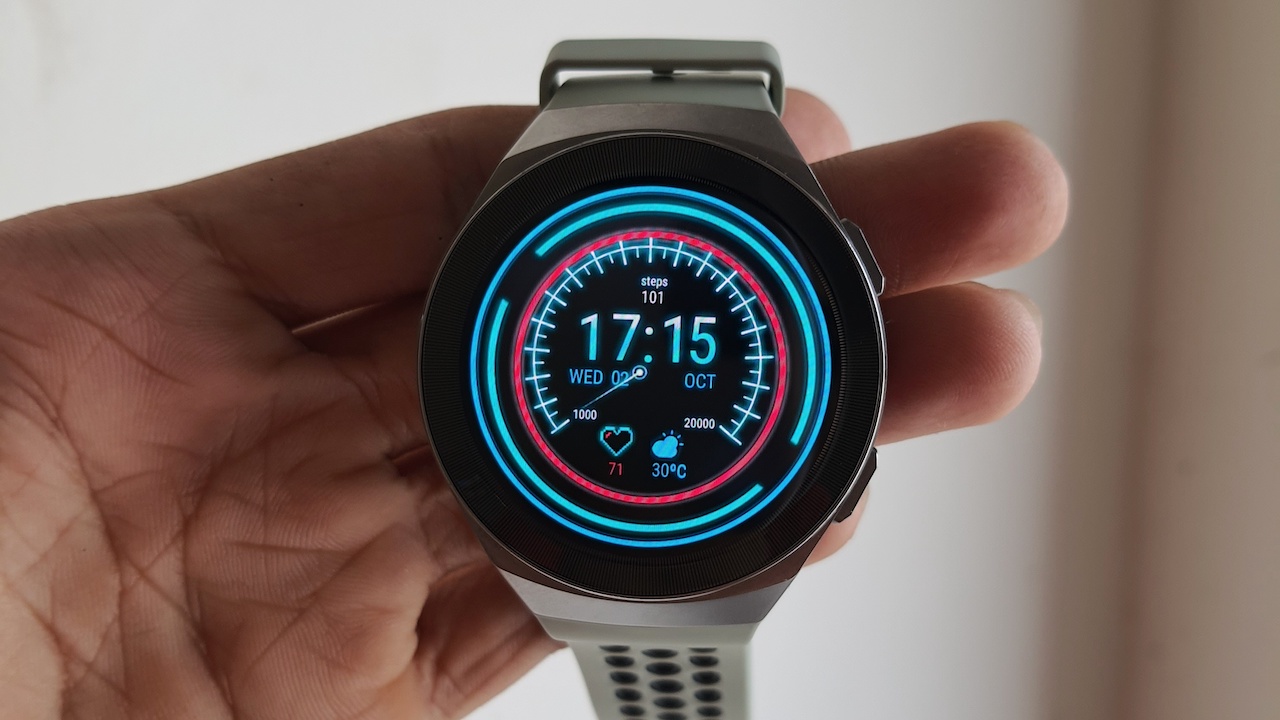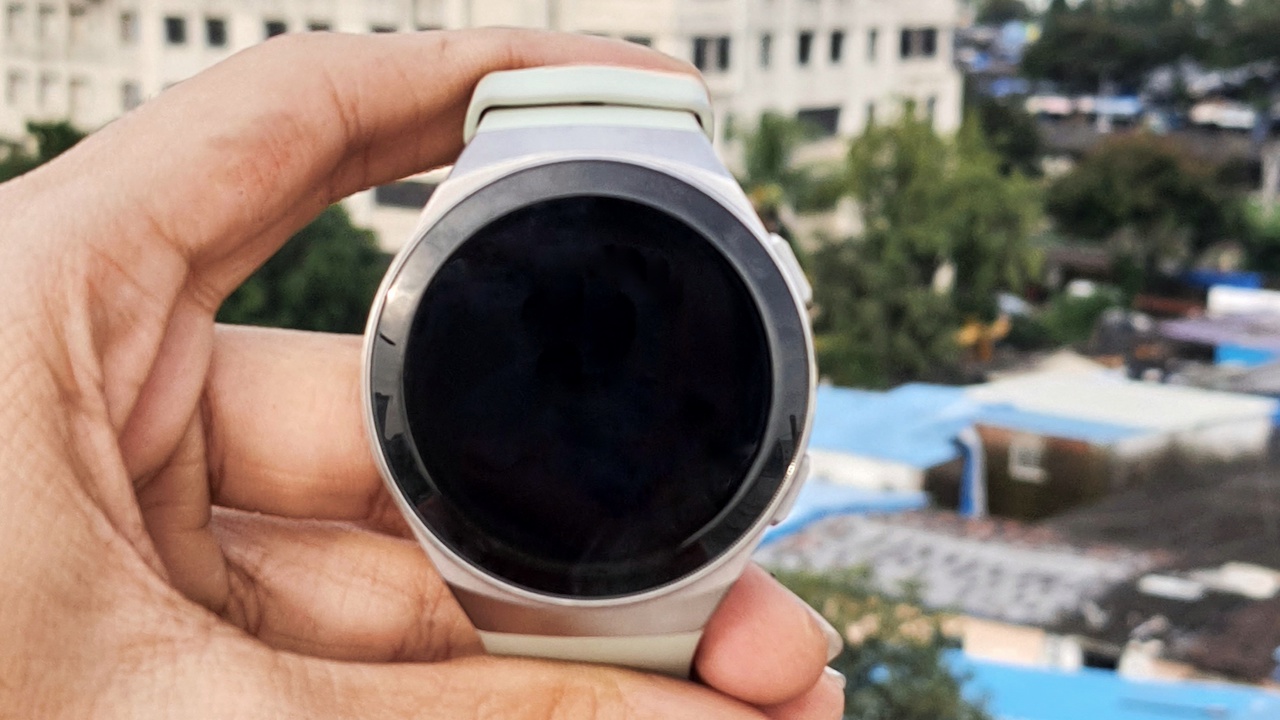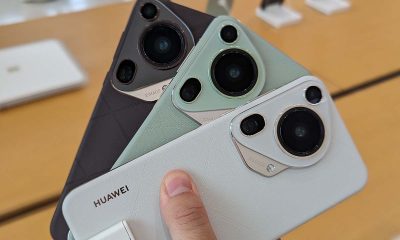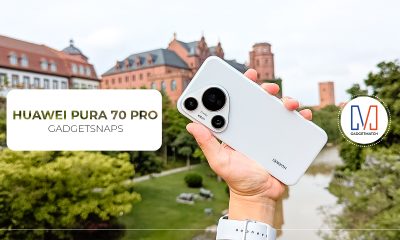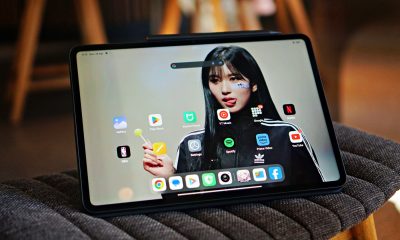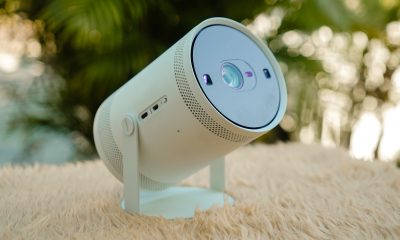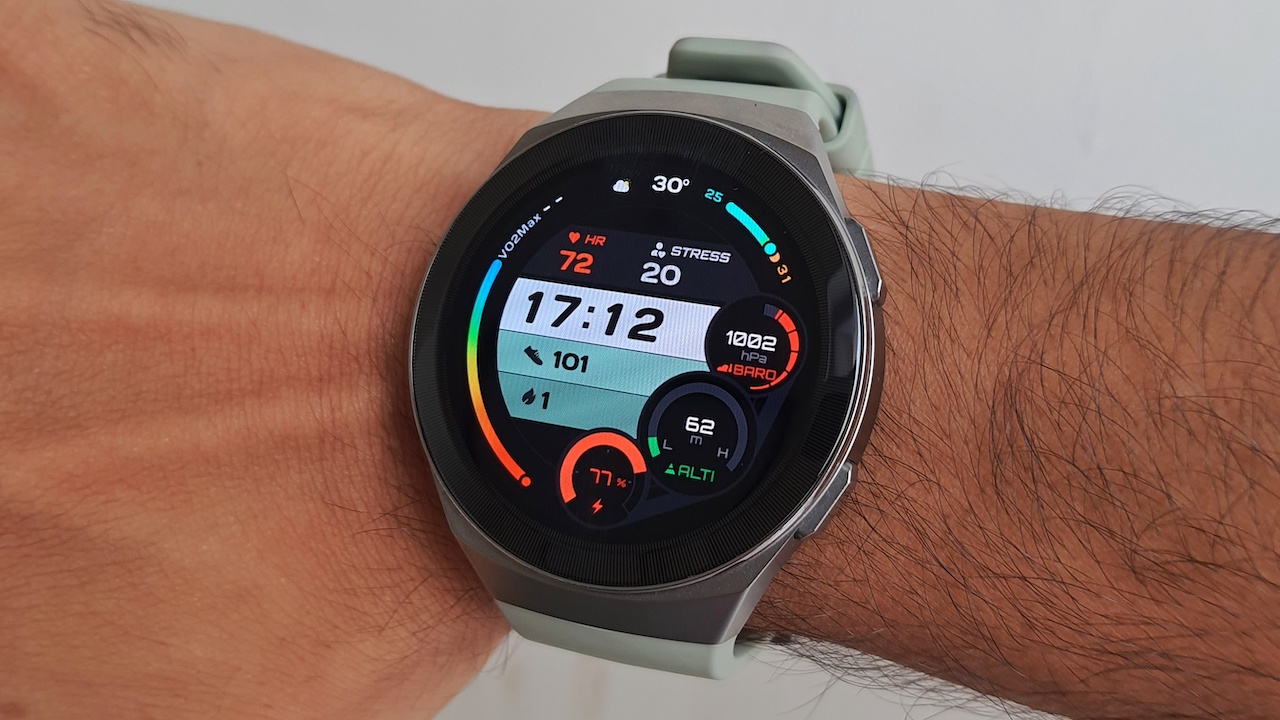
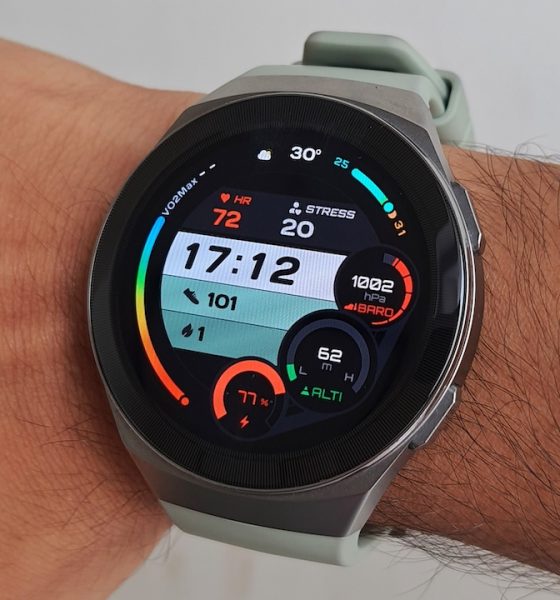
Apple Watch dominates the smartwatch market, but the price tag it carries is a little too steep. Dozens of alternatives are available, but nobody has been able to perfect the smartwatch game yet. The Huawei Watch GT 2e carries an affordable price tag and promises to offer more than ever.
But, before we get started with the review, it’s essential to understand the difference between a smartwatch and a fitness tracker. The Apple Watch can be a standalone device that’s capable of picking up calls, running various apps, and storing files on the go. A smartwatch doesn’t entirely rely on your connected phone and can get a lot of things done independently.
A fitness tracker, on the other hand, is focused on monitoring your physical activity. It may not have installable apps, may not function fully without a phone, and is supposed to act as a secondary gadget. With this difference clear, let’s find out if the Huawei Watch GT 2e is worth being your GadgetMatch!
It looks extremely premium
The has an athletic feel to it and the unibody design is confidence-inducing. Usually, Huawei GT watches have a professional look and don’t go along with sporty attire. Thankfully, the GT 2e brings a much-needed change and could make an ideal fit for younger people.
The strap is now seamlessly integrated into the top and bottom of the watch, making it a lot more comfortable to wear and provides a snug fit. The casing is made of stainless steel with two rectangular slanted buttons on the right edge. The buttons have a very favorable tactile response, and I’ve never accidentally pressed them. The short height ensures it doesn’t protrude too much, but can be found quickly in pitch-black darkness.
Wear it wherever you go!
We have the Mint Green review unit, and I’ve used it extensively for the last two weeks. It has a soft TPU band that’s dotted, and the central row becomes the buckle fixing point. The design automatically gives a very assuring fit that’s much-needed for outdoor activities like running, cycling, and swimming.
When you’re not working out, the watch transforms into a perfect board room ally that screams premium. The ergonomic fit also ensures you don’t get tired of wearing it throughout the day.
The case measures a whopping 47mm and this can be a problem for people with smaller hands. It isn’t precisely unisex and adds a considerable weight on your wrist.
A sharp display that’s sufficiently bright
I’ve used the previous generation Huawei Watch GT for months, and it had a very underwhelming display. Thankfully, the GT 2e gets a 1.39-inch AMOLED screen that’s sufficiently bright and responsive. The screen isn’t super bright, but enough to show you all the activity graphs and notifications under direct sunlight.
There’s also an option to have an always-on display, but it will drain your battery rather quickly. The screen is surrounded by a thicker bezel that adds to the premium look. However, I’d have preferred smaller outlines that emphasize the display, reduce the case size, and look futuristic.
It’s got all your workouts covered
The watch’s functionality has impressed me the most. While it’s on-paper offerings like heart rate tracking and oximeter are now standard, the Huawei Watch GT 2e goes after accuracy. It also has an onboard GPS for your runs.
Running, cycling, walking, swimming, and more are just a few standard workout modes that are pre-installed. When you get moving, the Watch GT 2e can automatically detect six types of workouts and start logging data. Additionally, the watch also supports parkour, skateboarding, dancing, and more. Basically, if you can do it, the watch can track it.
All the vital information about your workout is directly visible on the watch and can be seen on the app as well. Compared with the Apple Watch, details like the heart rate, distance, and calories burned were exactly the same. The workout algorithms are from Firstbeat, which is used by Garmin and a host of other sports brands.
All the information is synced with the Huawei Health app. The app works flawlessly, but a few workout modes like indoor running weren’t able to sync the data seamlessly. In the end, the workout session displayed varying data on the phone and the watch. I’d say this is a remote incident because I failed to replicate it and everything worked fine.
Staying safe in the times of Coronavirus
There’s an optical heart rate monitor and it’s backed up with a SpO2 sensor for blood oxygen reading. Amid the Coronavirus outbreak, SpO2 sensors are in high demand because it can be used to diagnose early symptoms of the respiratory disease. The watch has an accurate SpO2 sensor and this feature has often been a deal-breaker for many amid the pandemic.
Another feature I love is the stress measurement. While the reading isn’t as accurate as a heart rate scanner, it does give you a brief idea about your day. Lastly, it also has a barometer that can help you understand your altitude as well as gauge rainfall. The latter is possible only via manual calculations though.
Thousands of watch faces to choose from
Huawei has finally opened up its operating system, letting developers make new watch faces. Download anyone you like and install it. If that’s not enough, choose a picture from your library and make it your watch face!
Instead of relying on WearOS, Huawei has moved away and switched to proprietary LiteOS. The system is closed off entirely and there isn’t much you can do about it. There are no third-party apps that can be installed later, so you’re stuck with what comes pre-installed. The lack of apps basically makes this a fitness tracker and cannot be counted as a definite contender in the smartwatch race.
There are no external microphones or speakers to provide calling functionality. Even though it has an in-built GPS, the lack of apps means that you’ll only use it during workouts. Lack of NFC also means there’s no option for contactless payments or any future scope.
Limited notifications on the go!
In-line with every other fitness tracker with a large display, the Huawei Watch GT 2e can show you app notifications from your phone. The vibration is strong enough, and this feature comes in very handy during meetings or driving. Just one look at the watch, and you’re all caught up! However, you can’t reply to a text from the watch, and this makes the notifications tab a very lonely place.
The watch has 2GB onboard storage, but there’s no support for third-party streaming apps like Spotify or Apple Music. So, you’ll have to essentially sync all music files manually to the watch. As annoying as it sounds, the watch cannot be used to control your phone’s music, a minor feature that’s found on an entry-level gadget like Xiaomi’s Mi Band.
Best-in-class battery
One thing that’ll make you seriously consider the Huawei Watch GT 2e is its battery. Huawei claims you can go up to two weeks on a single charge. I’ve managed to use the watch for eight days in one go. My usage included auto-brightness, email and Slack notifications, 30-minute daily run, full-time HR scanning, and SpO2 scanning every three-four hours.
The battery can be a game-changing feature because only a few wearables can boast such figures. The Apple Watch practically needs a charge every day, and this can be painstaking in the long run. If you’re always on the go and spend more time outdoors, there’s no doubt this watch is designed for you.
Is this your GadgetMatch?
If you’re looking for a full-fledged smartwatch, this isn’t for you. There are no apps, and the watch has a limited scope of functionality. But, if you’re looking for a fitness tracker that looks premium and doubles up as a watch, the Huawei Watch GT 2e is made for you!
With a price tag of INR 11,990 (US$ 163), the Watch GT 2e delivers a lot more than visible. The low price covers dozens of workouts, provides SpO2 tracking and in-built GPS. Whether it’s outdoor or indoors, the watch is designed for athletes. The insane battery life is unmatchable and gives a unique edge of its own.
If you’re looking for a direct competitor, the Samsung Galaxy Watch Active 2 and Garmin Venu are top contenders!

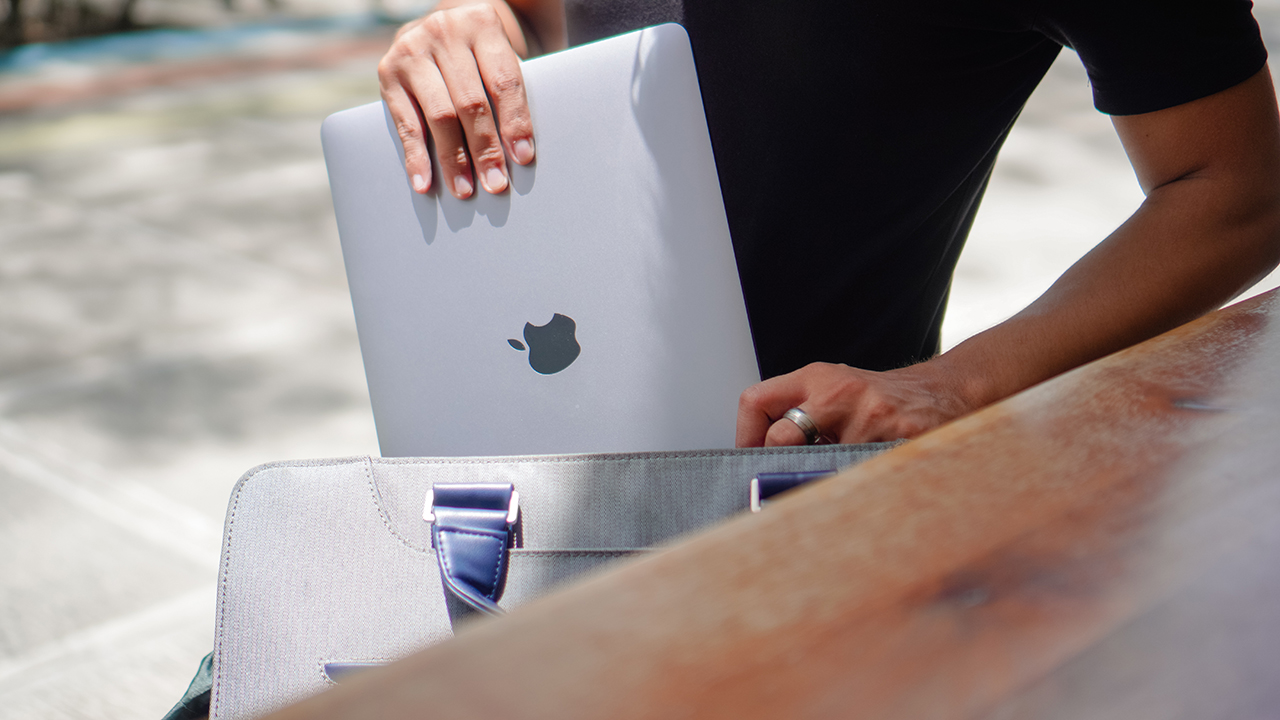
There’s no doubt that India is a major market for technology. While the country has its own brand preferences outside of the world’s usual, everyone still wants to get a piece of the market. To the dismay of global companies, the country is realizing the potential of its own market. Effective immediately, India has started restricting imports for new laptops, tablets, and PCs.
Recently, India made some headlines in the smartphone industry. A few companies, including Apple, have poured funds into building factories in India. Locally produced devices will allow these companies to attract the Indian market better. With the new regulations out today, it looks like these brands are going to enjoy a head start over others who aren’t in the country yet.
The Indian government introduced a new restriction (via Reuters) against the importation of “laptops, tablets, all-in-one personal computers, and ultra-small form factor computers and servers” made from other countries. Customers, however, will get an exemption. Airline passengers can still bring in these devices in their luggage. Additionally, a single imported device is allowable when bought through e-commerce platforms. Companies can import their products only by applying for a special license.
In a nutshell, bulk orders without a license are out. The government is instead encouraging users to buy locally produced products as part of its “Make in India” program. At the very least, it’s not a total ban on foreign brands. For example, Dell, HP, and Lenovo are exempt from the regulations since they already have production facilities built in the country.
SEE ALSO: Samsung overtakes Xiaomi as top phone brand in India

Attacking a huge smartphone market is difficult. With preferences constantly evolving, it can get tricky to figure out the best lineup to capture most of a market. Samsung, however, has just done it. In the last quarter of 2022, Samsung has taken the crown from Xiaomi as the bestselling smartphone brand in India.
India is an important market for most smartphone brands. It’s one of the largest markets in the world. However, despite its size, the biggest players are often those who offer more affordable devices for consumers. Budget is the name of the game if a brand wants to make it big in the country.
Things are changing, though. According to new market data (via Reuters), Samsung has nabbed the throne from the former leader, Xiaomi. In the last quarter of 2022, the Korean brand grabbed 20 percent of the market, while the latter only got 18 percent.
In a trend dubbed as premiumization, Indian consumers are reportedly enjoying more disposable income, resulting in more willingness to buy pricier products. Additionally, the report hints that consumers have started equating lower prices with inferior quality.
With the market trending towards more premium products, Samsung took the lead with a lineup that consists more of midrange to premium devices. It will also be interesting to see if Apple, an even more premium brand, can also make a dent in the Indian market.
SEE ALSO: Buyer’s Guide: Samsung Galaxy S23 Ultra
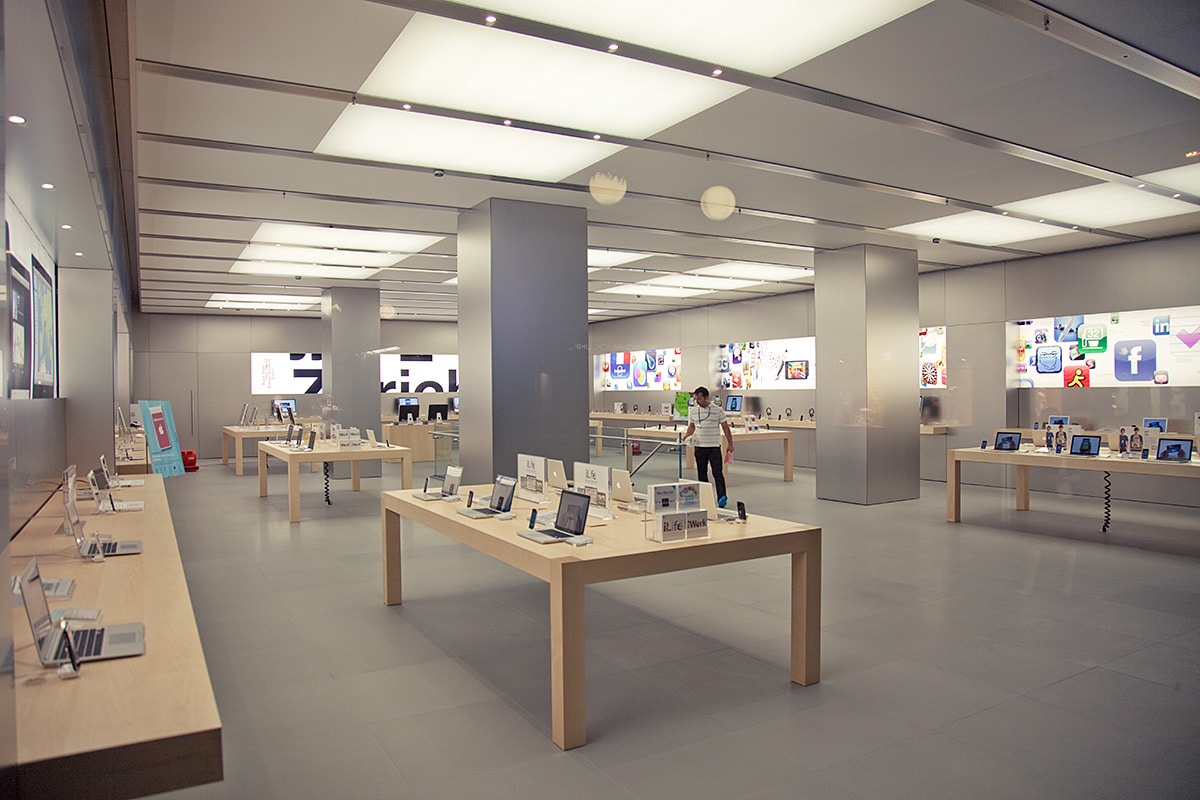
For one of the largest smartphone markets in the world, India is one of the rarer countries where Apple does not outright dominate. Undoubtedly, the company is trying to change that. Ongoing job listings in India are suggesting that Apple is ready to open its first brick-and-mortar store in the country.
First reported by Financial Times, Apple has posted job openings in India for several retail roles including for the iconic Genius Bar. Another clue even indicates that some spots have already been filled ahead of time. A few employees in the country have reportedly posted about their new jobs on LinkedIn.
Unfortunately, none of the job listings show how many stores are planned and where they will be. Narrowing things down by a bit, a few of the confirmed employees are from Mumbai and New Delhi. The report also does not indicate when the stores will open. However, since a few have already been hired, a grand opening might be coming soon.
Apple has a lot to gain by strengthening its foothold in India. The country is an important stronghold for smartphone companies. However, the company might find things harder as time goes by. The country recently dictated that brands must switch to USB-C if they want to sell their devices in India. All over the world, Apple remains the last stalwart against adopting the more universal standard.
-

 Reviews7 days ago
Reviews7 days agorealme 12 5G review: It was enchanting to meet you
-

 Buyer's Guide2 weeks ago
Buyer's Guide2 weeks ago2024 Samsung TV: Buyer’s Guide
-

 Reviews2 weeks ago
Reviews2 weeks agoJBL Soundgear Sense review: Make every run magical
-

 Reviews3 days ago
Reviews3 days agoOnePlus 12R review: Making sense of OnePlus’ latest flagship
-

 Reviews2 weeks ago
Reviews2 weeks agoChallengers review: A thrilling drama wrapped as a tennis anime
-
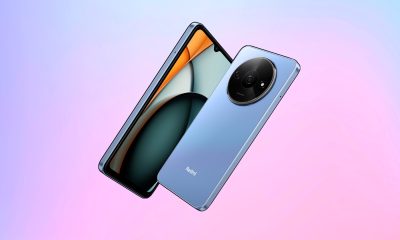
 News1 week ago
News1 week agoXiaomi Redmi A3 Philippine pricing, availability
-
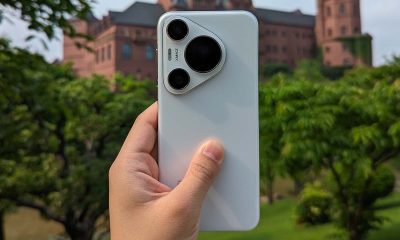
 Smartphones2 days ago
Smartphones2 days agoHuawei Pura 70 Pro Unboxing and First Impressions
-

 Smartphones1 week ago
Smartphones1 week agoInfinix NOTE 40 Pro+ 5G: Philippine pricing, availability






